Placemaking
Bates Alley an early success of placemaking which OCBA contributed towards.
A few months ago, I had the opportunity to speak on a panel about Placemaking. In preparation, I read up on all of the latest articles and information I could find, which reinforced what I’ve learned throughout my career— design is not the central feature or focus of Placemaking.
As the only landscape architect on the panel, I felt my comments should address the physical and spatial qualities results from Placemaking.
It’s about the People
The essence of Placemaking is that it comes from the voices of those who will use the space– it’s not about design, it’s about how it evolves out of the community from which it serves. The trend in Placemaking is as our awareness of those who are disenfranchised grows, we in the design professions have the responsibility to work hard to meet the community where they are at; to understand how to create spaces that are equitable, comfortable, and attractive to all.
It is not enough to hold a design charrette and invite the community to attend. Placemaking requires the designers and other partners to go to where people are already gathering and find out what is valuable and beneficial to them. It is not about designers creating great public spaces for people to enjoy— it is about people providing the input needed for great public spaces they want to spend time in and the designer responding to that input.
In 2021, we hired an agency to help us freshen up our brand. Our efforts focused around three tenets: Climate Resiliency, Green Infrastructure, and placemaking. Climate Resiliency and Green Infrastructure focus on design, detailing, and plant selection. Placemaking is about listening and translating the voices of others into great public spaces that are flexible, active, and accessible to all.
From personal experience, I know landscape architects are uniquely equipped to Placemaking, not because of our design skills, but because we excel at listening and bringing teams together to accomplish multifaceted and complex projects. The attractiveness of the spaces people flock to is a result of their voices being heard and reflected in public space that meets their unique needs.
— Sandy Bliesener
OCBA President


